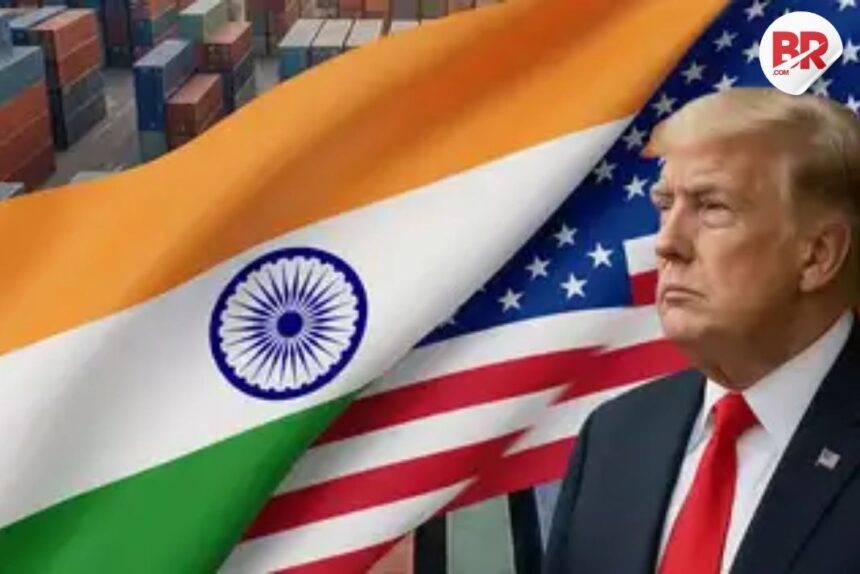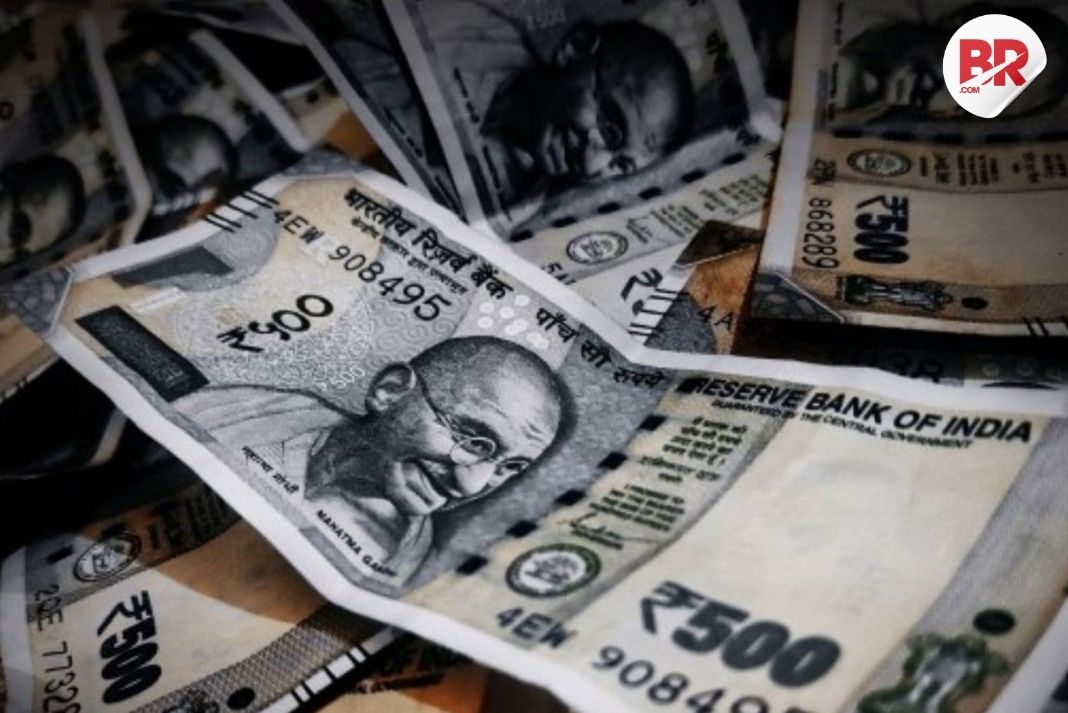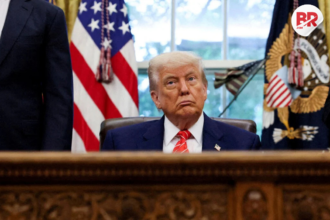
The United States, under President Donald Trump, has announced a 50% tariff on most goods imported from India. This means half of India’s exports to the US will now face higher taxes, making them more expensive.
The US Department of Homeland Security issued the order, saying it was in response to India’s purchase of oil from Russia. Even though China buys more Russian oil than India, the new rules target only India, not China. This move is seen as Trump deliberately punishing New Delhi.

The tariffs will start from August 27 midnight (US time) / August 28 morning (India time).
Which goods are affected?
- Textiles and apparels
- Gems and jewelry
- Seafood (mainly shrimp)
- Leather goods
Some sectors are exempted, like:
- Pharmaceuticals (generic medicines) – India is a key supplier to the US
- Electronics and smartphones – including Apple iPhones
Why is this happening?
Experts believe the tariffs are not just about oil. Other possible reasons include:
- India’s role in BRICS (a group of emerging economies seen as challenging the US dollar)
- Trump’s frustration that India does not recognize his claim of helping improve India-Pakistan relations
- A political move to show toughness
Impact on India
- The US is India’s largest export market for these goods.
- Indian products may lose out to competitors from nearby countries that pay lower tariffs (10–25%).
- Many Indian small and medium businesses (MSMEs) could suffer losses, leading to layoffs and unemployment.
- Experts predict India’s GDP could shrink by 0.2% to 1% in 2026, equal to an economic hit of $7–25 billion.
However, India’s economy depends more on domestic consumption than exports, which may soften the overall impact.
Trump has imposed steep tariffs on Indian exports, which could hurt India’s trade and small businesses, though the overall economy may absorb the shock better than expected.












